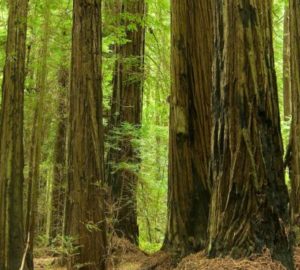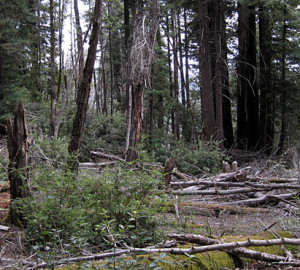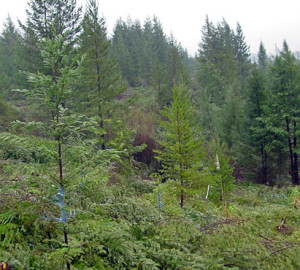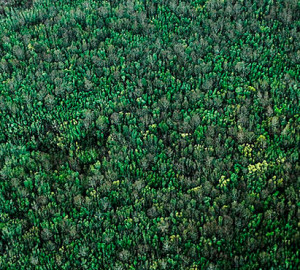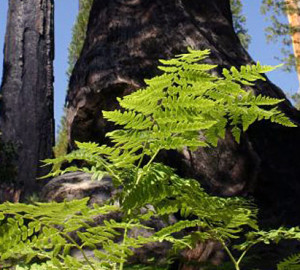Some Coast Redwoods May Seem to Be Clones, but They’re Not
onIf you’ve visited a coast redwood forest, you’ve probably seen these trees growing around the stump of a logged giant. These “fairy rings,” as they’re known informally, show how the coast redwood reproduces asexually by sending new sprouts up from the trunk base of a parent redwood. The mystery was whether these sprouts are genetically identical copies of the parent redwood. Because 95 percent of the current coast redwood range is younger forests, understanding the genetics of the coast redwood is critical for conservation and restoration.
